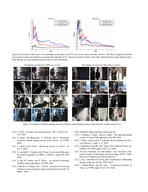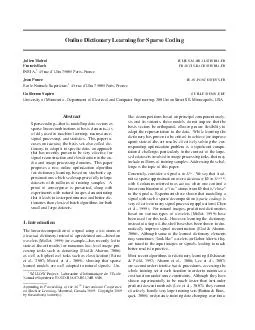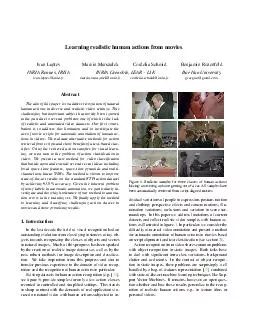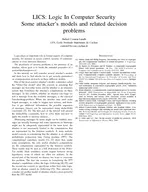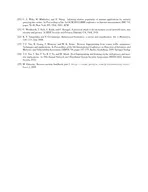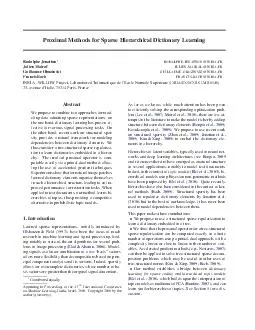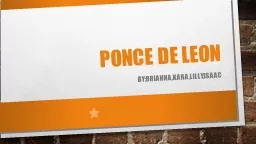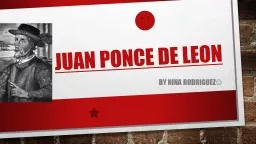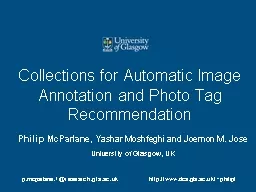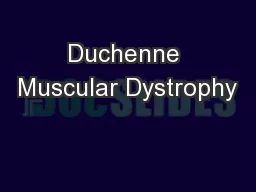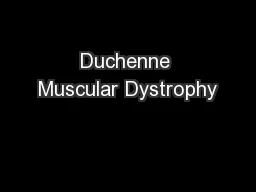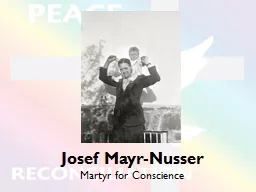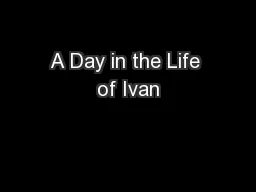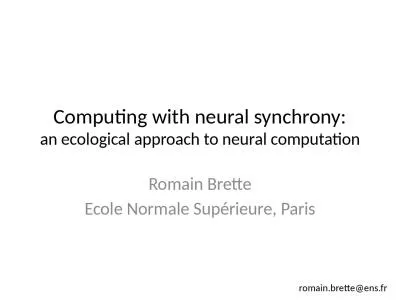PDF-Automatic Annotation of Human Actions in Video Olivier Duchenne Ivan Laptev Josef Sivic
Author : celsa-spraggs | Published Date : 2014-12-12
duchennejosefsivicfrancisbachjeanponce ensfr ivanlaptevinriafr Abstract This paper addresses the problem of automatic temporal annotation of realistic human actions
Presentation Embed Code
Download Presentation
Download Presentation The PPT/PDF document "Automatic Annotation of Human Actions in..." is the property of its rightful owner. Permission is granted to download and print the materials on this website for personal, non-commercial use only, and to display it on your personal computer provided you do not modify the materials and that you retain all copyright notices contained in the materials. By downloading content from our website, you accept the terms of this agreement.
Automatic Annotation of Human Actions in Video Olivier Duchenne Ivan Laptev Josef Sivic: Transcript
Download Rules Of Document
"Automatic Annotation of Human Actions in Video Olivier Duchenne Ivan Laptev Josef Sivic"The content belongs to its owner. You may download and print it for personal use, without modification, and keep all copyright notices. By downloading, you agree to these terms.
Related Documents

